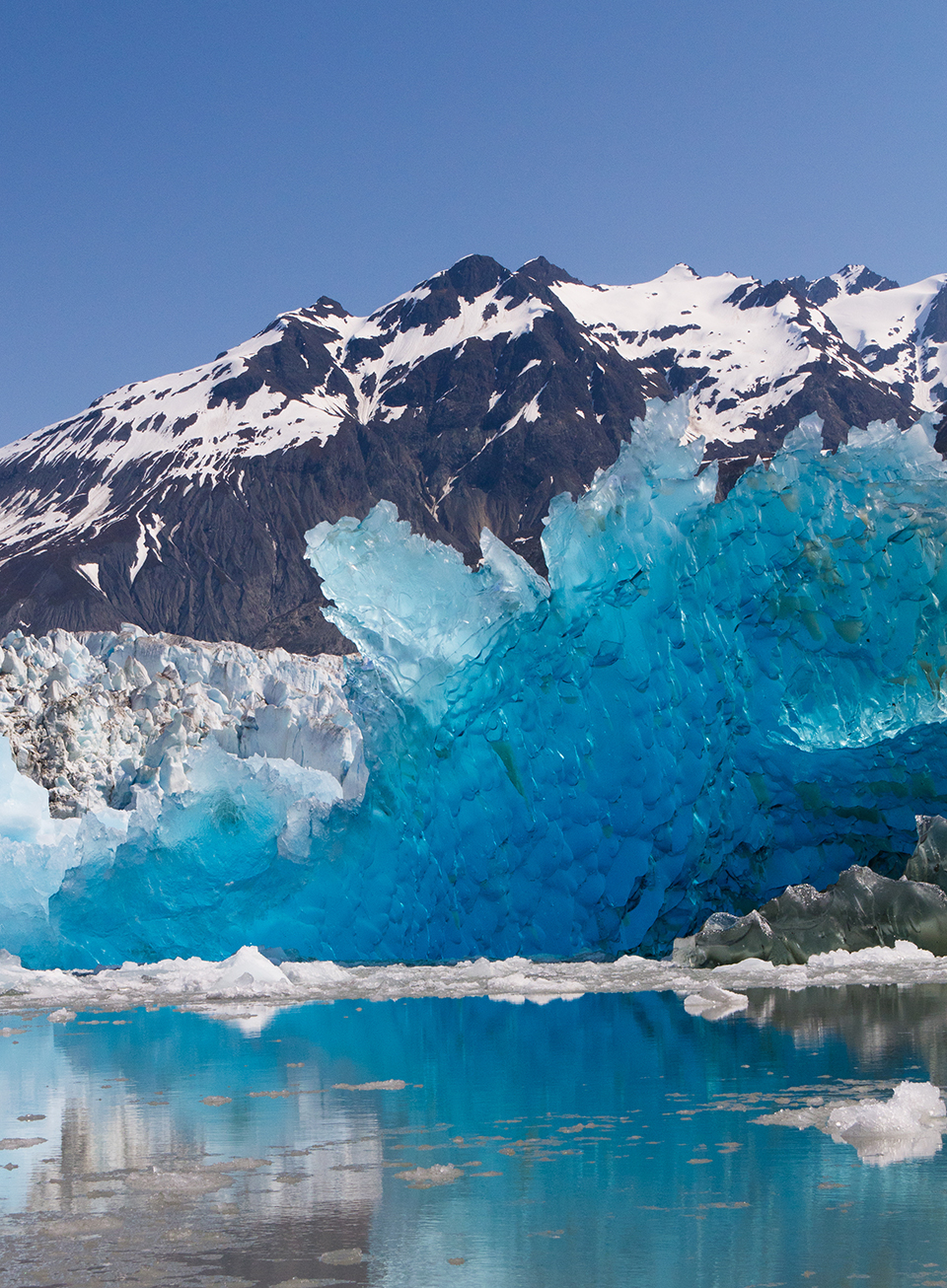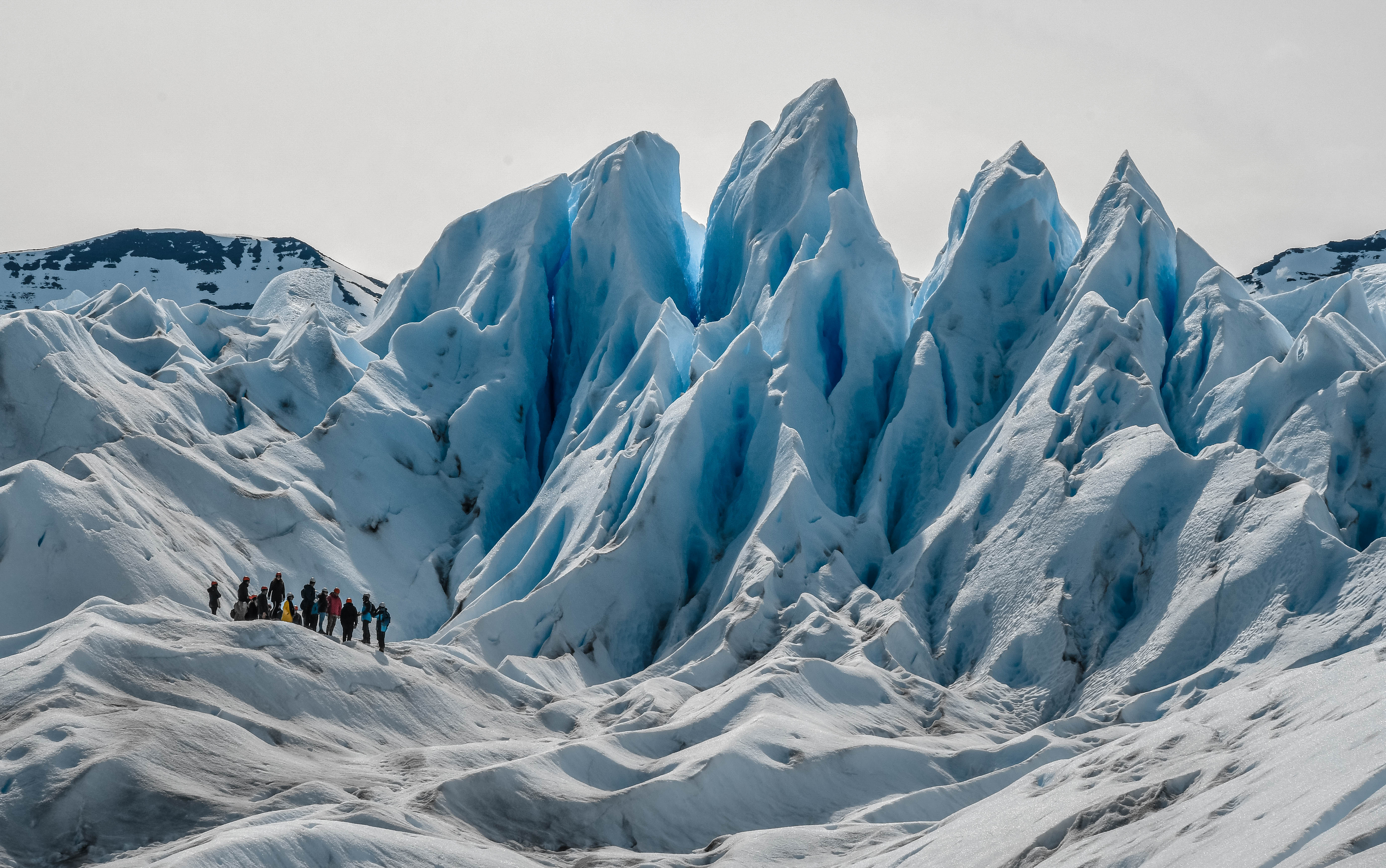Roads & PavementRoads & Pavement
Barefoot
Minimal
Low
Medium
High
Maximal
All around running shoes offer comfort and cushioning for daily runs, jogs, walks, and long mileage. They offer enough versatility for both faster and slower runs and are a great option for those who want one running shoe to do it all.
Fast run or uptempo running shoes are lightweight and responsive. They offer streamlined designs that have minimal uppers and offer a high level of energy return. These shoes are a great option for faster runs in the week or those looking for a livelier experience.
Max Cushion shoes offer premium cushioning with ample ground protection and a stable ride. These types of shoes provide abundant impact protection that softens landings while running at any pace or distance. These types of shoes are best for slower recovery runs and easy days where comfort takes priority.
Racing shoes are designed with optimal performance in mind. These types of shoes have snug-fitting uppers, energetic midsole foams, and features implemented for maximum efficiency. These types of shoes are best for runners looking to gain the ultimate advantage in races but may sacrifice some durability and comfort.
Gym Workout shoes offer a stable and versatile ride. They have a firmer underfoot feeling that provides stability for lateral movements with comfortable uppers. These types of shoes are best for trips to the gyms, cross training, casual wear, and light running. Climate 101 Glaciers National Geographic
Road running shoes feature smooth outsoles that are designed for running on paved surfaces such as roads, sidewalks, and bike paths.
Designed to handle most trail runs, these shoes prioritize comfort and a smooth ride. These shoes are great for anything from smooth singletrack, park trails, and fireroads making them ideal for those who run from their doorstep on streets before hitting the trail.
These shoes are best used for hard, rugged trails such as shale, granite or sandstone where grip on smooth surfaces and underfoot protection are important.
Designed for use in muddy, soggy conditions, these shoes feature very aggressive outsoles that dig deep into soft ground for exceptional traction.
These shoes feature technical outsoles designed to grip snowy and icy trails making them ideal for winter trail running.
Cushioning level, or stack height, refers to how much shoe is between your foot and the ground. For this category, we reference the amount of cushioning below the forefoot as the heel height will be equal to or greater than the forefoot height.
What s the Difference Between a Glacier and an Ice Floe Britannica
0-13mm. The Shoe generally does not have a midsole and feels like there is no cushioning. This shoe is all about feeling the ground underfoot.
14-18mm. The shoe has a thin midsole that allows for a natural running experience. Racing shoes and minimalist shoes are common here. These shoes offer a feeling of being connected to the road or trail.
19-23mm. The shoe has a slightly cushioned feel and may feature added cushioning technologies. Performance training shoes and some trail shoes are common here. These offer protection during footstrike but prioritize a lightweight, grounded experience.
24-28mm. These shoes have a stack height that fall near the middle of the spectrum.The shoes in this category are verstaile and great for all types of runs and distances.
29-34mm. The shoe has a thick midsole and ample cushioning. These shoes are highly protective and absorb more impact than the body.
35mm plus. The shoe has an extremely thick midsole and extra cushioning. The focus is on protection and soft foam underfoot with hardly any ground feel.
Neutral shoes support the foot through a normal range of arch collapse and generally do not have a built-in technology to correct movement.
Stability shoes are a great option for those who overpronate or need added support. These shoes help to limit the inward rolling motion of the ankle while running or walking and assist in guiding the foot straight through the gait cycle. Glacier Definition Formation Types Examples Facts Britannica
Product Details:
Climate 101 Glaciers National Geographic sales, Basic Information Glacier Bay National Park Preserve U.S sales, France s Biggest Glacier Is Vanishing. Tourists Are Still Coming sales, Best Ways to See Alaska s Glaciers ALASKA.ORG sales, Glacier Formation Movement Retreat Britannica sales, Understanding Glaciers sales, Melting Mountain Glaciers May Not Survive the Century WIRED sales, Matanuska Glacier Alaska Travel Alaska sales, Melting glaciers have been shifting the Earth s poles since 1995 sales, Doomsday glacier which could raise sea level by several feet is sales, Why is glacier ice blue Woods Hole Oceanographic Institution sales, See Alaska s Grandest Glaciers Travel Alaska sales, What is an ice shelf UC Davis sales, Glacier Blues Terrain sales, Why is the Ice Blue In Glacier Bay U.S. National Park Service sales, World s glaciers contain less ice than thought researchers find sales, Measuring the retreat of Italy s largest glacier sales, Science of Glaciers National Snow and Ice Data Center sales, All About Ice Glaciers and Icebergs of the Arctic and Antarctica sales, Can 500 Million Save This Glacier The New York Times sales, Glacier Facts ALASKA.ORG sales, Your First Glacier And Why You ll Never Forget It EcoCamp sales, World s oldest glacier dates to 2.9 billion years ago research sales, Iceberg vs Glacier Learn the Difference Between Glacier and sales, Why Are Glaciers Melting from the Bottom It s Complicated sales, Andes Meltdown New Insights Into Rapidly Retreating Glaciers sales, Glacial Census Reveals Ice Thicknesses Around the World Eos sales, What is a glacier U.S. Geological Survey sales, Warming Seas Are Accelerating Greenland s Glacier Retreat sales, Why a Growing Greenland Glacier Doesn t Mean Good News for Global sales, Greenland Ice Sheet Research Asks How Glaciers Move And Affect Sea sales, Glaciers Moving Rivers of Ice sales, On thin ice Argentina s melting glaciers a symbol of climate change sales, Why is glacier ice blue Woods Hole Oceanographic Institution sales, Tidewater Glaciers Alaska Nature and Science U.S. National Park sales, Glacier Talk ALASKA.ORG sales, Glacier Wikipedia sales, Glacier Wikipedia sales, Types of Glaciers Glaciers U.S. National Park Service sales, Why is Glacier Ice Blue sales, Glacier sales, Glacier Definition Formation Types Examples Facts Britannica sales, Where to See Glaciers Up Close From Norway to Patagonia Cond sales, Glaciers Ice Sheets Woods Hole Oceanographic Institution sales, History Behind Alaska s Glaciers Holland America Line sales, Science of Glaciers National Snow and Ice Data Center sales, Glacier Quick Facts National Snow and Ice Data Center sales, How Glaciers Work HowStuffWorks sales, Glacier Definition Formation Types Examples Facts Britannica sales, What s the Difference Between a Glacier and an Ice Floe Britannica sales, Product Info:
Glacier sales.
- Increased inherent stability
- Smooth transitions
- All day comfort
Model Number: SKU#7353148





